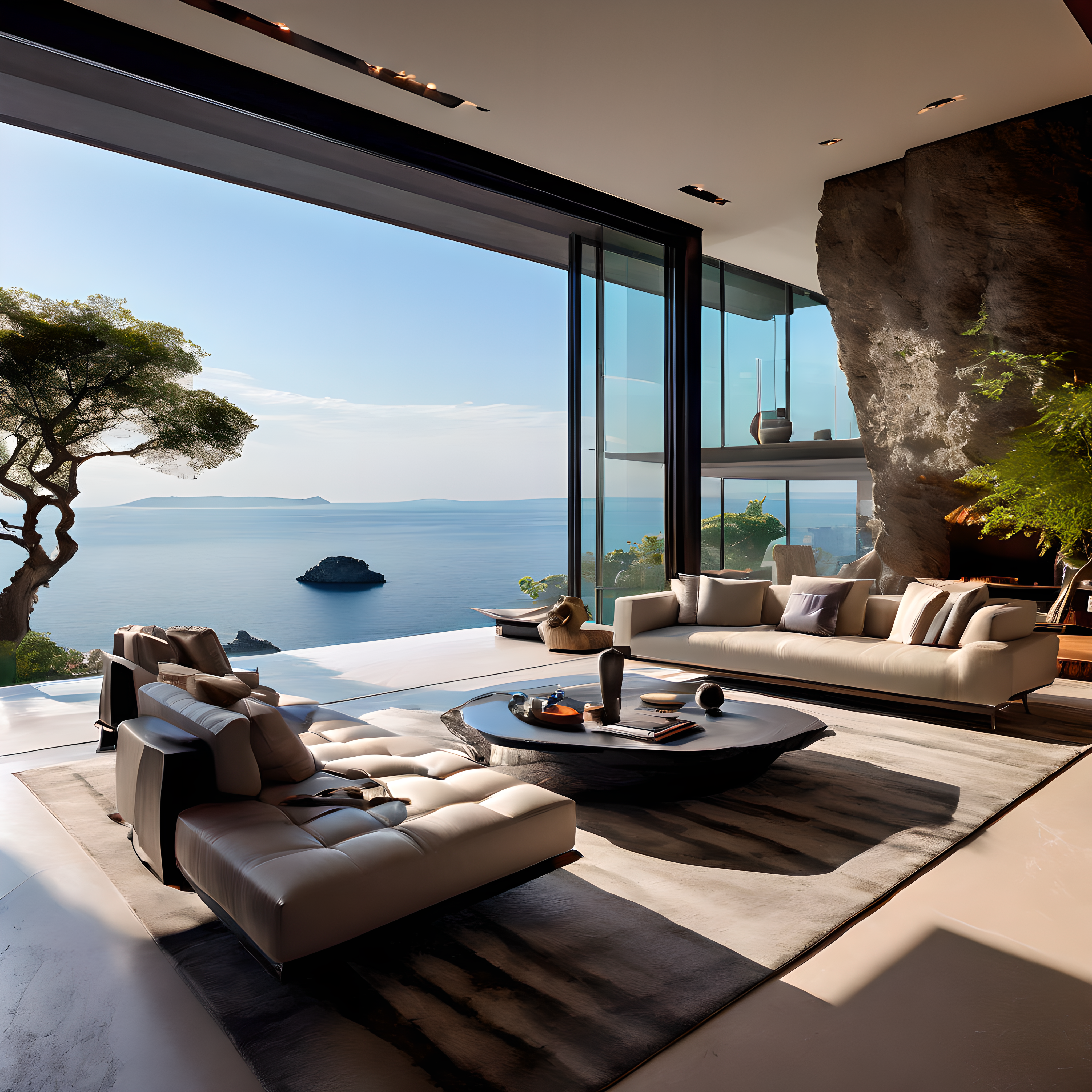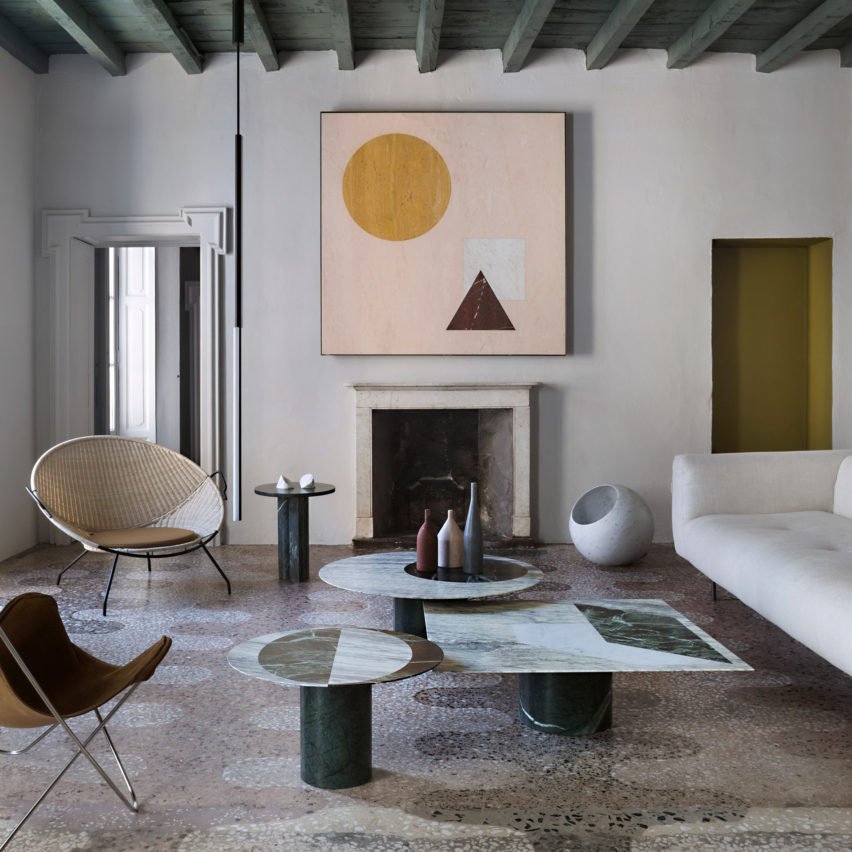[How it works and how to build this interior design tool]
How Interior Design AI Works?
This Interior Design AI Tool is for generating customized interior designs. When you upload a picture of a room, this tools shows you various ways this initial room can be made. It takes an initial room as an input and it shows you the new design outputs. The outputs are in different design styles based on various models that we pre-train.
We pre-train models in those required styles that you as an interior designer would want making it an indispensable tool in the modern interior design workflow.
The AI can also be used for creating awesome “mood-board” ideas for your particular rooms and your properties as well as for abstract imaginative properties for the professional and individual use.
buy the app or book a 10-minute call where we can make a quick Assessment of your Project and answer any questions you might have.



How Your Can Get The APP – Your Own AI Interior Design Tool
We offer a fast installation of the pre-built app with a model pre-trained on your preferable or unique interior design style. We can quickly install this Interior design AI “as-is” for your internal use or will publish on the web under your brand. The cost of this standard Interior Design AI installation is $4,000, including:
- A webpage interface (Input-output images)
- A model pre-trained on your design style (20 images)
- Cloud back-end
- Architecture and Code.
Buy the app or book a 10-minute call where we can make a quick Assessment of your Project and answer any questions you might have >
Who Can Benefit From Using an AI Interior Designer Tool?
This tool helps professionals to sale their services.
- For interior designers: This tool is a must-to-have for interior design professionals as they can now have a model pre-trained on their own unique style to sell more services to the clients and to speed up the demo work for their clients. This approach allows designers to create customized interior design visuals that align with specific styles and constraints, making the design process more efficient and precise.
- For real estate residential, commercial properties developers and architects. It is also very beneficial to have for real estate residential & commercial properties developers and architects. The use of AI can significantly enhance the field of interior design and real estate sales. And, it’s already here.
- For real estate residential & commercial properties developers and architects. It is also very beneficial to have for real estate residential & commercial properties developers and architects. The use of AI can significantly enhance the field of interior design and real estate sales. And, it’s already here.
- For Anyone interested in interior design: This tool is useful for anyone. You can reimagine your home living. In many cases, the AI can be used for creating awesome “mood-board” ideas for your particular rooms and properties or for the abstract imaginative properties.
Making it an indispensable tool in the modern interior design workflow either for professionals of for everyone’s individual use.
Tech Description
Use Case: Text-to-Image Generation for Interior Design with MLSD ControlNet Conditioning in Stable Diffusion
Text-to-image generation with MLSD (Multi-Layer Sparse Decomposition) ControlNet conditioning at large will significantly enhance the field of interior design.
Interior Design Customization
Interior designers often need to visualize design concepts before implementing them. Using text-to-image generation with MLSD ControlNet conditioning, designers can create detailed visualizations based on specific design briefs and stylistic guidelines.
Leveraging the strengths of pre-trained models
Step-by-Step Process
Stripping the Room Using ControlNet MLSD:
ControlNet MLSD is a tool that helps the AI understand and extract the current layout and objects in the room. It “strips” or identifies and removes the existing setup, making the room ready for a fresh design.
Using the Checkpoint for Redesign:
Checkpoint: This is a saved state of the AI model that knows a specific style, like minimalist design. The AI refers to the checkpoint to remember how to decorate the room in the minimalist style.
Redesigning the Room:
With the room now stripped of its previous design, the AI uses the knowledge from the checkpoint to create a new design. The AI chooses appropriate furniture, colors, and decorations that match the minimalist style.
Training and Borrowing Checkpoints
- Borrowing Checkpoints: You can use pre-trained checkpoints that are available, which have already learned specific styles from vast datasets.
- Training Checkpoints: You can also train your own checkpoints by showing the AI many examples of a specific style you like. This way, the AI learns and saves this new style into a checkpoint.
Now you will be saving ideas from your favorite designs (training your own checkpoints).
Putting It All Together
- Stripping the Room: ControlNet MLSD helps the AI start with an empty room by understanding and removing the current setup.
- Referencing the Checkpoint: The AI looks at the checkpoint to remember how to design the room in a specific style.
- Redesigning: The AI decorates the room using ideas from the checkpoint, making it look stylish and minimalist.
- Customization: You can either use existing style references (borrowed checkpoints) or train the AI with your own design preferences (custom checkpoints).
This process ensures that the AI can effectively redesign rooms in any style you want, using the knowledge saved in the checkpoints.
Training a New Checkpoint with LoRA
What is LoRA?
- LoRA helps adapt a large, pre-trained model to new tasks or styles by adding a small number of new parameters.
- It allows the model to learn new features without modifying the original, large model extensively, making the process faster and more efficient.
Steps to Train a New Checkpoint with LoRA
The new checkpoint contains the original model’s knowledge plus the new information about the specific style.
- Start with a Pre-trained Model:
Begin with a large, pre-trained model that already knows a lot about general design and image generation.
2. Collect Training Data:
Gather images and design examples that represent a new style or task you want the AI to learn. For example, if you want the AI to learn a specific minimalist style, collect images of rooms decorated in that style.
3. Apply LoRA:
Use the LoRA technique to train the model on the new data. Instead of retraining the entire model, LoRA introduces a small set of new parameters (low-rank matrices) that adapt the model to the new style. This is much faster and requires fewer resources than training from scratch.
4. Save the Checkpoint:
Once the training is complete, save the model’s state as a new checkpoint.
Putting It All Together
- Pre-trained Model: Start with a model that already knows a lot about design.
- Training Data: Collect images of the new style you want the model to learn.
- LoRA Training: Use LoRA to teach the model the new style without changing everything it already knows.
- New Checkpoint: Save the updated model as a new checkpoint that includes the new style.
This way, you can efficiently train a new checkpoint with LoRA to adapt the AI to specific styles or tasks, leveraging t